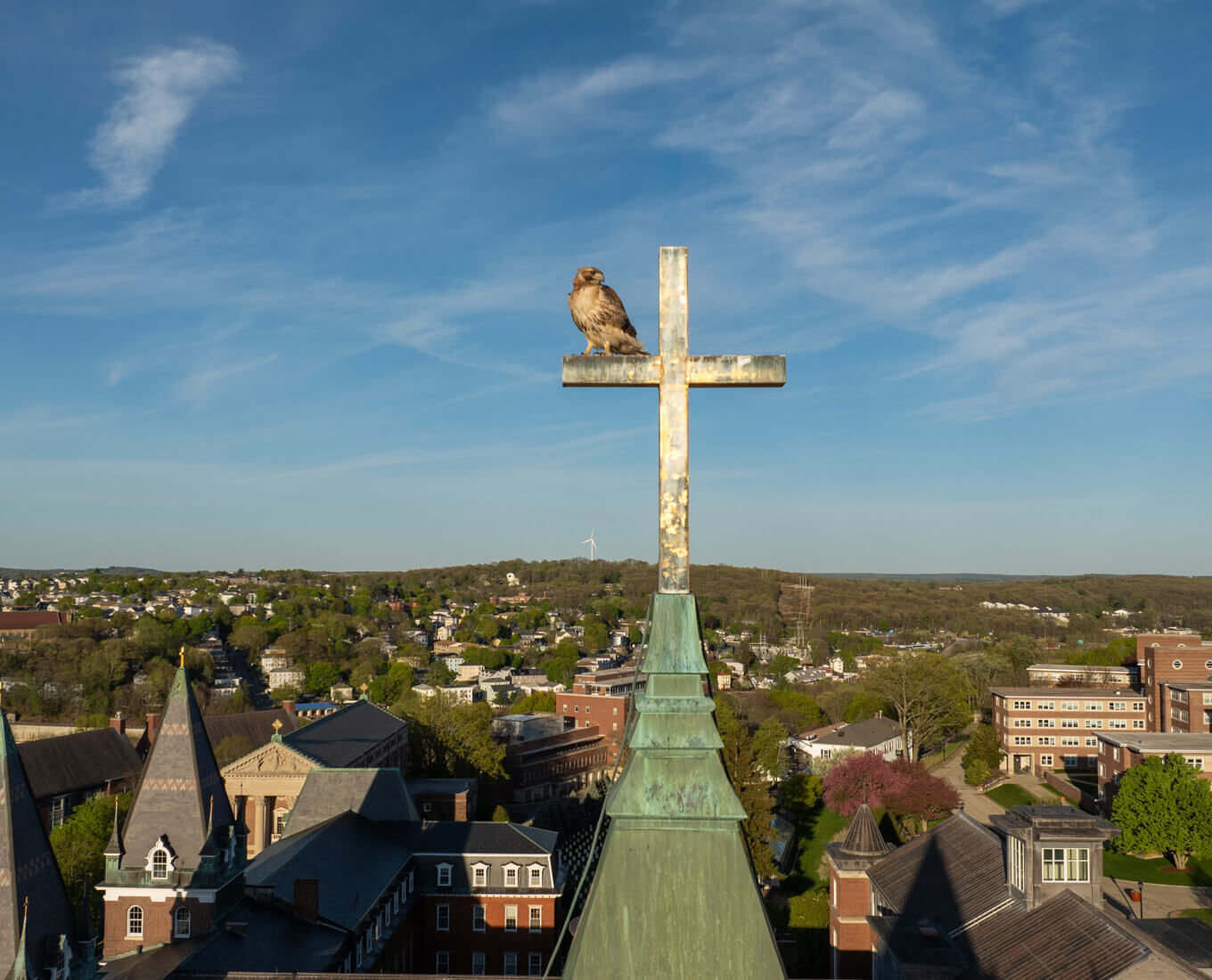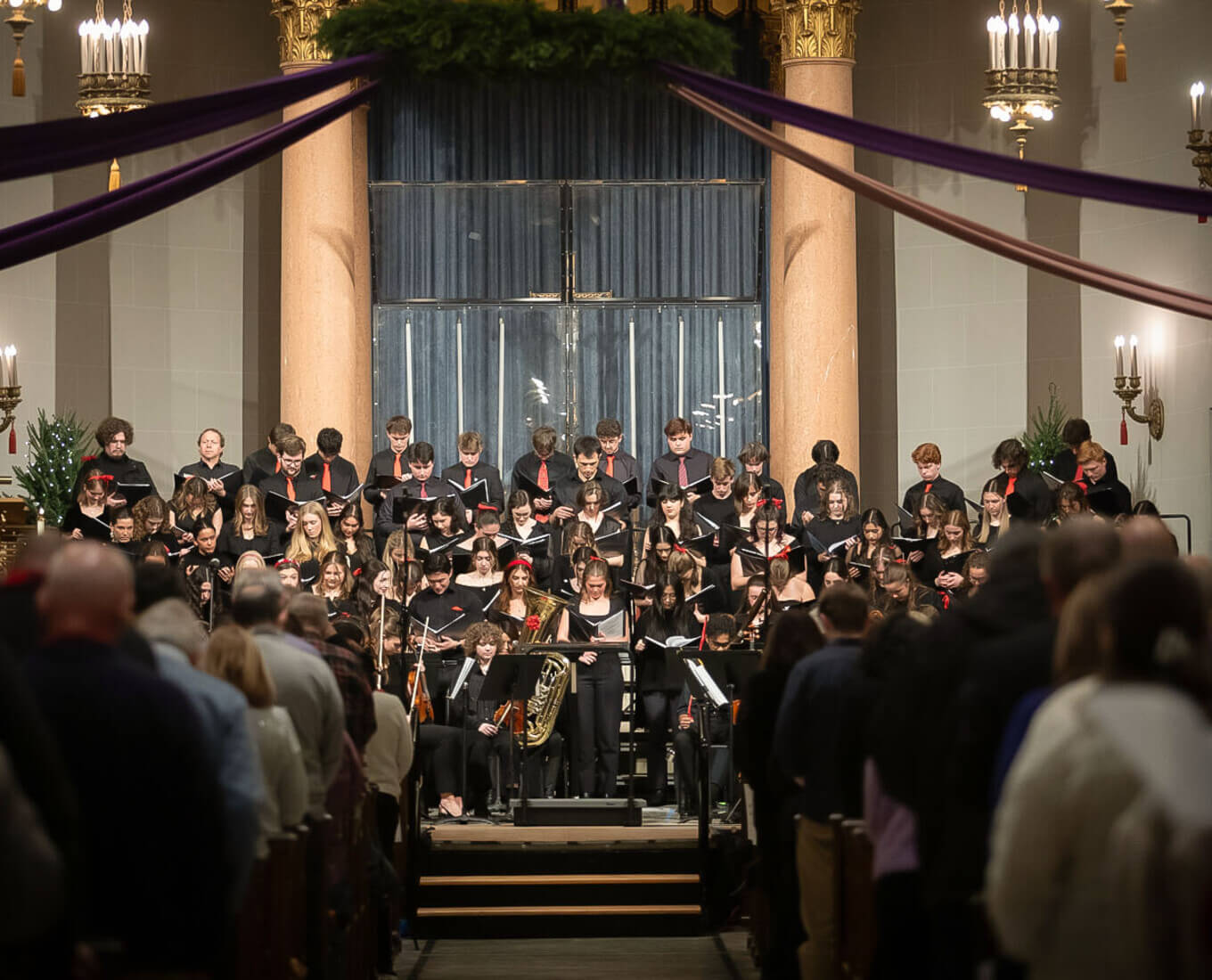WORCESTER, Mass. – Leon Claessens, assistant professor of biology at the College of the Holy Cross, has been awarded a grant from the National Science Foundation (NSF) in the amount of $497,735, for a project titled, “Aves 3D: An Online Database of Three-dimensional Avian Skeletal Morphology (RUI).” Claessens will be working with Scott V. Edwards, professor of biology at Harvard University.
The award, which is effective August 15, 2008 and expires July 31, 2011, will be used to create a 3D online database of digital scans of the different bones in the skeleton of living, recently extinct, and fossil birds.
“One of the major projects we are undertaking right now is studying the relationship between the anatomy of the breastbone in birds and flight,” explains Claessens. “With this grant, all bone scans will be made available online in an open, interactive database that can be accessed by fellow researchers, amateurs, students and teachers at all levels.”
All scanning is done by undergraduate students, which are trained on the use of state-of-the-art 3D scanning equipment and 3D imaging software. “Holy Cross students are involved in every aspect of the research that drives our scanning effort,” says Claessens. “The grant will create opportunities for students at Holy Cross to be involved in cutting-edge research and work with specialized equipment.”
Specifically, the grant will fund the purchase of a second, more versatile 3D scanner unit and more scan editing computer workstations; a lab technician, who will help train and supervise students; four summer research positions for students for three years; and Web infrastructure for the database.
“The online database will help us better understand the evolutionary relationships between morphology and function in birds and their extinct relatives,” explains Claessens. “It will generate a resource that will be of help in research and science outreach on a global level that is appropriate for a wide audience.”
Over the summer, Claessens took part in the filming of an episode of the new History Channel series Evolve, in which he presented some of his research on bird breathing and flight. “It is both challenging and rewarding to be able to translate specialized scientific research to a format that reaches such a broad audience,” says Claessens. “Especially when working with live birds, who might have different opinions about following the documentary script.”
The program is scheduled to air Tuesday, Sept. 2 at 10 p.m. on the History Channel.
Claessens earned his Ph.D. and M.A. from Harvard University and B.Sc. and M.Sc. from Utrecht University (Netherlands). His teaching interests include vertebrate morphology and function, and the biology and evolution of dinosaurs and their living and extinct relatives. In 2005, Claessens received international media attention after he co-published a study in Nature suggesting that the breathing systems of Tyrannosaurus rex is similar to that of living birds.
Holy Cross Professor Receives NSF Grant for Cutting-Edge Research on Bird Anatomy
Biologist to be featured in History Channel documentary
Read Time
2 Minutes


